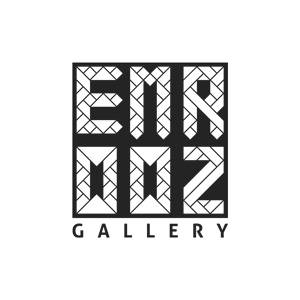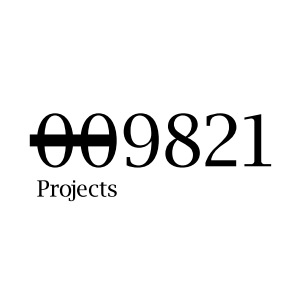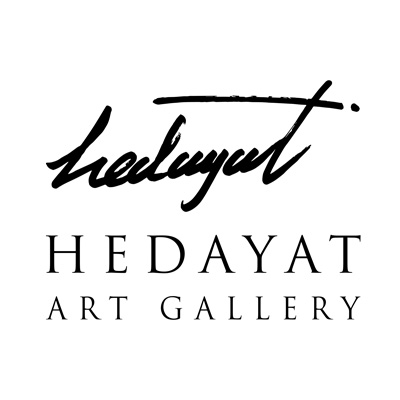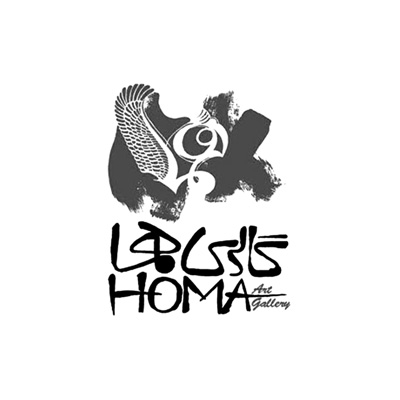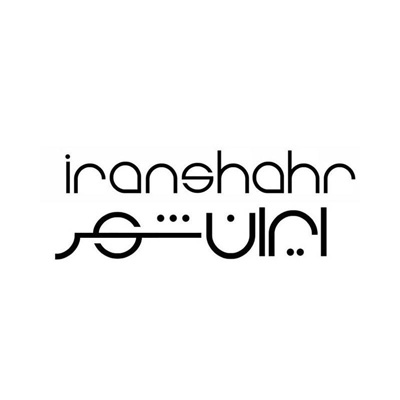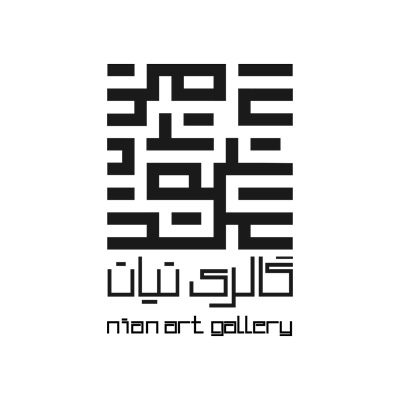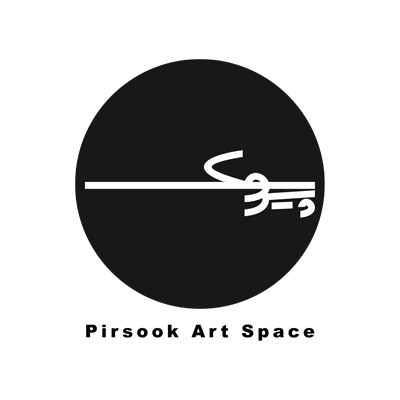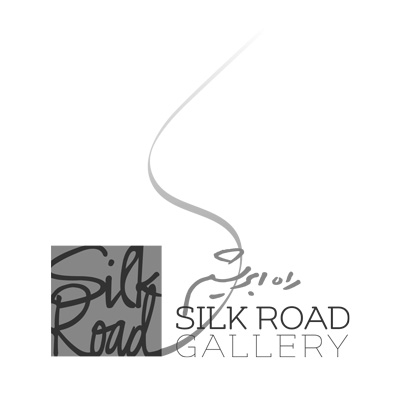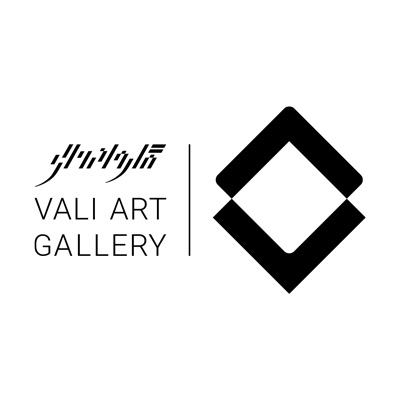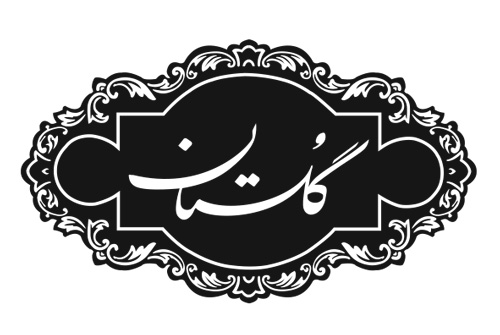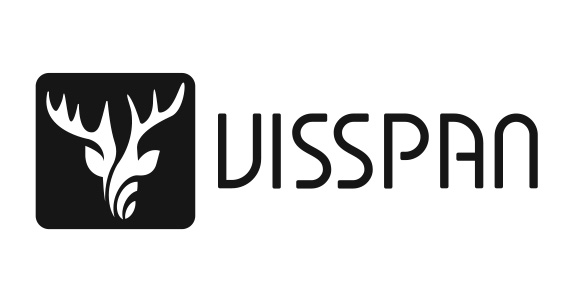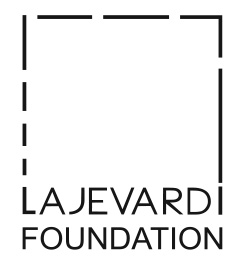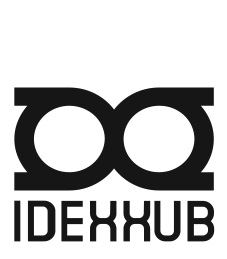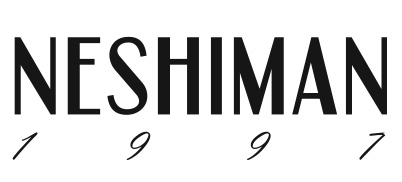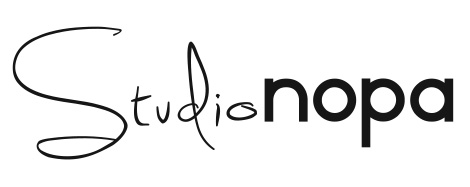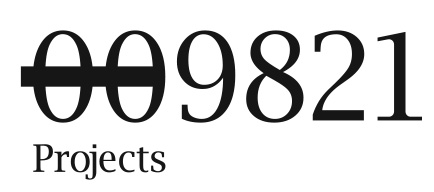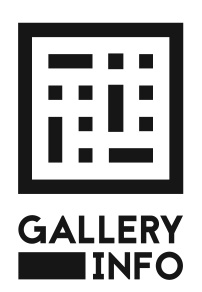TEER ART FAIR 2019Back to Home
Founded by Hormoz Hematian and Maryam Majd, Teer Art fair is the pre-eminent art fair for contemporary Iranian art.
Held once a year, the fair aims to present a comprehensive overview of the newest artistic perspectives and issues being brought into practice by Iranian artists. From curated gallery booths to panel talks, Teer Art fair provides a portal to discover and explore Iran’s artistic scene.
Selection Committee
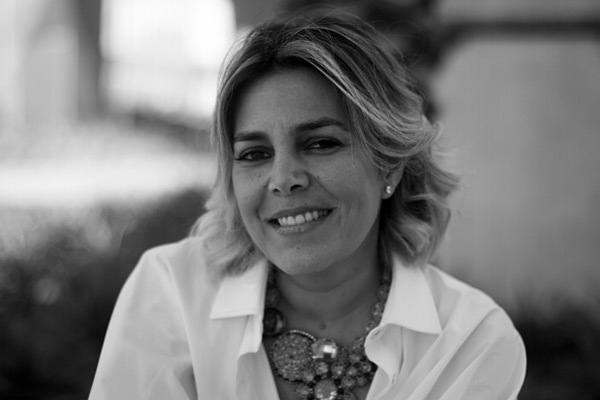

Myrna Ayad
Myrna Ayad (born 1977, Beirut, Lebanon) is a Dubai-based arts consultant, cultural strategist and editor. From 2016-2018, Ayad was Director of Art Dubai and a jurist for the Abraaj Group Art Prize. Ayad has written for The New York Times, CNN Online, The Art Newspaper, Artforum, Artsy, Artnet, Wallpaper* and The National. For eight years, she served as editor of Canvas, the premier magazine for art and culture from the Middle East and Arab world. Ayad is Editor of Art Scene UAE: Visual Arts Practices in the Emirates (Canvas Central, forthcoming, 2019) and Contemporary Kingdom: The Saudi Art Scene Now (Canvas Central, 2014). Ayad has served as a nominator for the Sheikha Salama bint Hamdan Al Nahyan Emerging Artists Fellowship since 2013 and since 2017, is also a nominator for the UAE art pavilion at the Venice Biennale.
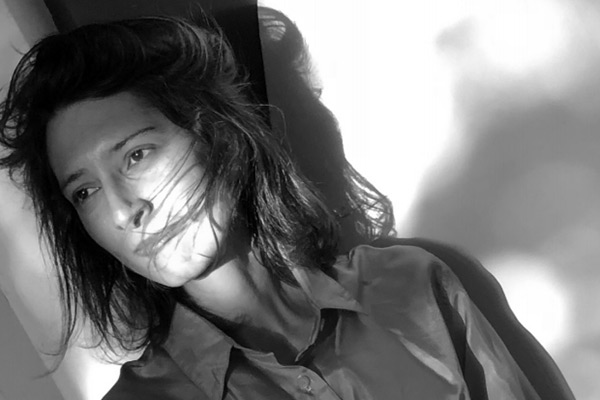

Negar Azimi
Negar Azimi is a writer and the Senior Editor of Bidoun, an award-winning publishing and curatorial platform (www.bidoun.org). Her writing has appeared in Artforum, Frieze, The New York Review of Books, and The New Yorker among other venues. She is a past recipient of the Andy Warhol Arts Writers Grant and in 2017 delivered the tenth annual AICA/USA Distinguished Critic Lecture at the New School. She served as an advisor for the 2017 Whitney Biennial, and her most recent curatorial effort was, with colleagues Klaus Biesenbach, Tiffany Malakooti, and Babak Radboy, the first-ever retrospective of the Iranian-born avant-garde theater director Reza Abdoh at MoMA PS1 in New York. She is also a member of the Beirut-based Arab Image Foundation.
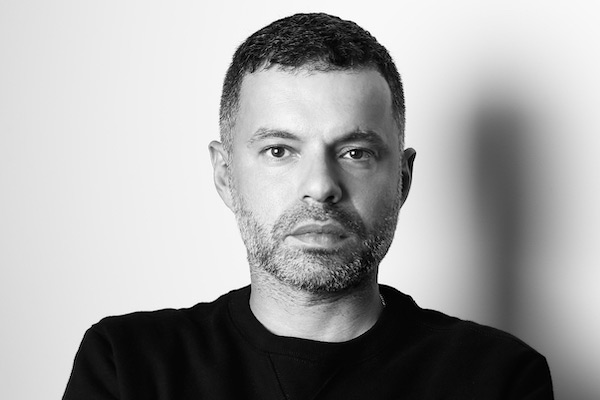

Daniele Balice
Italian-born Daniele Balice started working as an art editor and writer in Milan and Paris. In 1999, he moved to New York where he worked as a freelance writer and gallery director. In 2008, Balice opened Balice Hertling gallery in Paris’ Belleville neighborhood. The gallery quickly gained international recognition and participated in a number of international fairs. Artists launched by the gallery include Neil Beloufa, Isabelle Cornaro, Xinyi Cheng and Camille Blatrix. Daniele now runs another gallery location in Paris’ 3rd and has developed strong ties in places such as Lebanon, China and Iran. He is a contributor to several publications and one of the founders of Paris Avant-Première, a novel initiative that promotes a new cosmopolitan generation of galleries and art spaces in Paris.
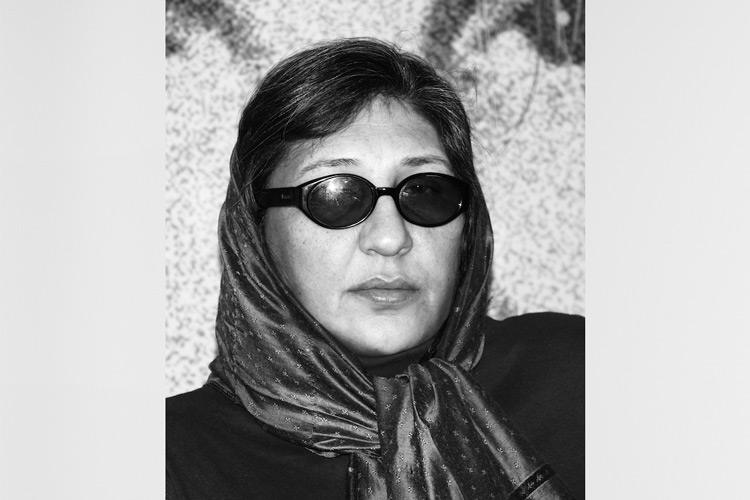

Rozita Sharafjahan
Born in 1962 in Tehran, Rozita Sharafjahan is the founder and director of Azad Art Gallery. Active since the fall of 1999 and located in close quarters to the University of Tehran, Azad Art Gallery under Sharafjahan’s leadership has maintained itself as a space for artistic experiments of all kinds and continues to support a generation of young, avant-garde artists. A practicing artist herself, Sharafjahan holds a BA in Painting and an MA in Art Research from the Faculty of Fine Arts of Tehran University. Over the course of her career, Sharafjahan has held over ten solo shows and participated in over 130 national and international group exhibitions, biennials and art festivals. She is a regular contributor of the local press on matters of fine art and is regularly sought out by various forums as a moderator and art critic.
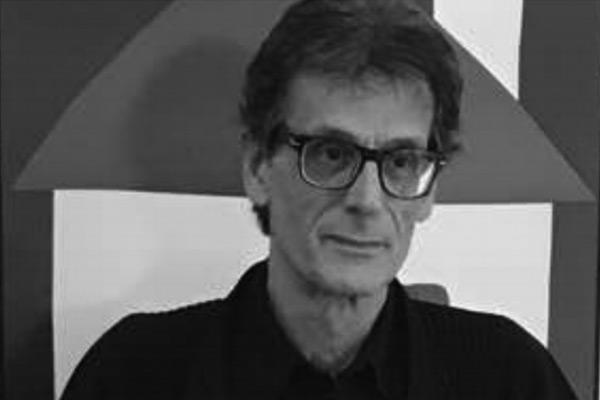

Behzad Hatam
Between 1971 and 1979, Hatam served as graphic designer and PR director of Roudaki Hall. In this time, Hatam also acted as art director of the weekly magazine Javan and art critic at Roudaki magazine and Tamasha. From 1990 onwards, Hatam founded ‘Persian Art Consultants’ in Germany and served as art director of the monthly magazine Film International. He also founded and directed RawAD, a Tehran-based advertising and media company. A collector of Iranian modern and contemporary art, Hatam opened his own art space in 2008 under the name gallery10.tehran. In 2016, Hatam established the Pari Safa Music Foundation in memory of his late wife, an author and publisher of numerous articles and books on avant-garde music and dance.
TEER ART FAIR PANEL DISCUSSIONS 2019
WITH THE SUPPORT OF LAJEVARDI FOUNDATION CONCEIVED BY SOHRAB MAHDAVI AND NASTARAN SAREMI
- TUE 25 JUNE
Panel Discussion (16:00 — 17:30)
The Institutional Critique of Art
Museums and galleries, among other official institutions, determine what “art” is and they are challenged by institutional criticism that question the essence of art beyond its material value. What role does this so-called criticism play today? Is there such a thing as the “Institution of Criticism”? What is the relationship of Institution and Criticism? Is criticism now part of art history and contemporary cultural-economic institutions?
Panelist: Pouria Jahanshad
Moderator: Homayoun Sirizi
Panel Discussion (18:30 — 20:00)
The Increasing Role of Culture in the Economy and Its Relationship to the Art Market: The Cultural Turn in Urban Economy
In the post-industrial era, we experience the increasing role of culture in urban economy. Today, cultural events and industries make significant contribution to the global financial circulation.
In contemporary creative cities, cultural capital is able to turn into social, economic, and political capital and vice versa. This panel intends to explore how art-related events relate to economic growth.
Panelist: Nematollah Fazeli
Moderator: Nastaran Saremy
- WED 26 JUNE
Panel Discussion (16:00 — 17:30)
A Look at the Ecosystem of Art Through Its Evolution and Its Actors in Iran
Who or what are the actors of the field of art today? How has their role transformed over the past few decades? What weight do these players‒museum directors, public institution managers, gallery owners, buyers, collectors, curators, sponsors, artists, and critics‒ carry? How is their interaction changing the economic, cultural, and professional structure of the art world?
Panelists: Michel DeWilde, Pouyan Zandi
Moderator: Amirali Ghasemi
Panel Discussion (18:30 — 20:00)
A Typology of Art Galleries and Brokers Through the Lens of Critics and Managers
Art galleries and brokers have a range of resources available to them to influence and legitimize their presence in the field of art. How do their objectives and resources influence the function and distribution of means in the field of art? Can we trace a typology based on financial resources and objectives of galleries?
Panelist: Hengameh Moameri
Moderator: Maryam Majd
- THU 27 JUNE
Panel Discussion (16:00 — 17:30)
Financial Services in the Art World Today
What is the financial structure operating in the world of art today? How does this structure influence the production, distribution, and reception of works of art? To put it more concrete, in this panel a report will be presented based on the previous “Teer” Art Fair experiences. Moreover, there are financial and service-oriented operatives that bring by the increasing importance of investing in Art field. This panel focuses on the financial services of the Art world within the current relations of its operation.
Panelist: Hamidreza Sheshjavani
Moderator: Forouzan Farazi
Panel Discussion (18:30 — 20:00)
Structural Relationships in the Art Market
What do artists know about the art market? It is obvious that an understanding of the process and regime of evaluation of art, dealing with art critics, handling various intermediaries, and a careful selection of artistic events is necessary for their presence in the world of art. This panel will focus on the relationship between artists and market actors, exploring the process of evaluation of art and economic evaluation in general. Who are the allies and competitors of artists in the market?
Panelist: Mardavij Tavakkoli
Moderator: Aydin Xankeshipour
- FRI 28 JUNE
Panel Discussion (16:00 — 17:30)
Independent Currents, Foundations, Residencies, and Awards in the Field of Art
There are many initiatives operating outside the main, official sphere of art today. What are their characteristics and their records of accomplishment? Can we find an objective example for “independent” art? How are these initiatives influencing the field of art in Iran? How do art foundations, events, residencies, and awards influence the way art is produced and distributed? These are some of the questions for this panel.
Panelists: Mohsen Zare (Pirsook), Seifollah Pouya-Raad (Damoonfar Award), Simin Golshan (Aria Residency)
Moderator: Hamidreza Pejman (Pejman Foundation)
Panel Discussion (18:30 — 20:00)
The Place of Artist in the World of Art
What place do artists occupy in the field of art today? How and through what other means does the artist define
her/his symbolic presence in the world of art? How have market factors influenced the creation and content of works of art? What do artists think about art fairs and auctions?
Panelists: Jinoos Taghizadeh, Behrang Samadzadegan, Mojgan Bakhtiyari
Moderator: Behnam Kamrani
Travel
Most African, Asian, European and Latin American passport holders receive a visa on arrival. Kindly consult this link and enquire with your local Iranian embassy to assess your visa requirement.
American, British and Canadian nationals require a visa prior to traveling to Iran.
If applying for a visa at an embassy prior to traveling to Iran, ensure you do so at least eight weeks ahead of your date of travel.







